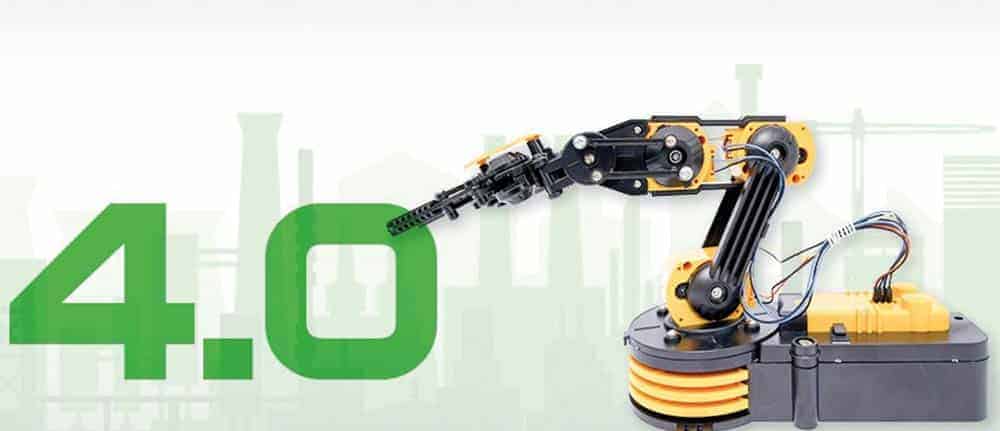Industry 4.0 and the SME sector


Can I accept the new challenge and request from my customer and deliver economically? This is a question that more and more medium-sized entrepreneurs are asking themselves today.
- Does the product fit into my workflow?
- Do I have the right resources?
- Can I manufacture and deliver promptly?
- What about the quality of the product?
All of these questions are now part of being a cost-effective and reliable supply partner for my customers and being successful as a company.
In order to be able to drive forward my planning for development and design, the basis of my data must be available to all those involved promptly and in a qualitatively good condition. Bills of materials, assemblies and production variants, on which one can build, let the development and production process shorten enormously.
Logistics can start the costing and purchasing processes at an early stage. Sales receives reliable figures from comparative projects that have already been realized and implemented.
70 percent of these requirements can and must be mapped with today's standard solutions, 20 percent should and can be integrated and adapted as individual solutions, and the remaining 10 percent set me apart from the competition.
Man - Machine - Process
The person stands for experience - the machine for reliability and quality - the process for effectiveness and efficiency - the handling for customer loyalty and delivery reliability.
It has taken many years for business process optimization (GPO) to gain acceptance and acceptance in the midmarket as a basis for business metrics.
Today, GPO is a crucial contributor to the overall success of the midmarket. A next step will be the digital factory.
Investment protection through the digital factory
Today's software solutions ERP, CRM, PDM, PLM, QSM, M- and E-CAD etc. are evolving as an information base to a unified data base and structure for the standard applications.
With these tools, the entrepreneur and the users are shown an exact view of the past and the current situation of the company. At most, it is still possible to read out the capacity utilization on the existing and current orders. A new and future component for investments will be the possibility of simulation and automation of manufacturing processes in a digital factory.
Realistic process sequences are simulated in 3D layout simulations in order to obtain a decision-making basis for future investments. The results from the simulation can be used for offer concepts in sales as well as in corporate controlling for financial planning.
This reduces planning errors and bad investments.
Digital Factory and Industry 4.0
Today, the digital factory should be an essential part of a future-oriented planning platform for medium-sized businesses. This avoids expensive planning errors in the construction of the production hall and in the production area and supports and improves the entire process chain of my company.
In the future, the digital factory will contribute to intelligent production and thus to the fourth industrial revolution - Industry 4.0.





